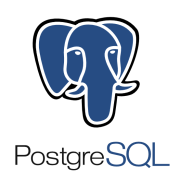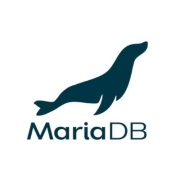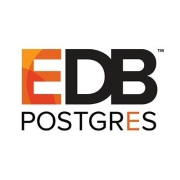Open Source Databases offer scalable and efficient solutions for managing, storing, and retrieving data. They appeal to businesses due to their flexibility, community support, and cost-effectiveness.
Open Source Databases provide robust, customizable database solutions. With choices like MySQL, PostgreSQL, and MongoDB, organizations leverage open-source technology for high-performance data processing. These databases are often chosen for their transparency and the ability to tailor them to specific use cases. Users value the collaborative, iterative improvement model that open-source communities foster, along with the extensive support resources available online.
What are the critical features of Open Source Databases?In industries like finance and healthcare, Open Source Databases are implemented to handle enormous data sets securely and efficiently, thanks to their scalability and robust security features. E-commerce businesses rely on their adaptability and integration capabilities to manage dynamic customer data and transactions effectively.
Open Source Databases are advantageous for organizations by offering a high degree of control and customization over database solutions without incurring significant costs associated with proprietary systems.































Open Source Databases offer numerous benefits including cost efficiency, flexibility, and community support. You won't have to worry about expensive licensing fees, making it a cost-effective solution. Additionally, you can tailor the database to meet your specific needs, as you have full access to the source code. A vibrant community often surrounds these databases offering support, regular updates, and a wealth of resources to help you troubleshoot and optimize your database.
How do you ensure data security in Open Source Databases?Securing data in Open Source Databases involves implementing a mix of strategies such as encryption, access control, and regular updates. You should encrypt sensitive data to protect it from unauthorized access during storage and transit. Implement access controls to ensure that only authorized personnel can access or modify data. Keeping your database software up to date is crucial as it ensures protection against the latest vulnerabilities and threats.
Which Open Source Database is best for handling big data?Choosing an Open Source Database for big data depends on your specific requirements, but Apache Hadoop and Apache Cassandra are popular choices. Apache Hadoop is excellent for processing large data sets with its robust ecosystem and support for distributed computing. Apache Cassandra offers high availability and no single point of failure, making it ideal for handling massive amounts of data with efficiency. Evaluate your needs to select the right solution for your organization.
Can you migrate from a proprietary database to an Open Source Database easily?Migrating from a proprietary database to an Open Source Database can be complex but manageable with the right planning. You should conduct a thorough assessment of your existing infrastructure and data architecture. Use data migration tools that support the specific databases involved. It’s essential to perform rigorous testing in a controlled environment before completing the migration in a live setting to mitigate any risks and ensure a smooth transition without data loss.
How can you optimize the performance of Open Source Databases?Optimizing the performance of Open Source Databases requires ongoing monitoring and tuning of your systems. Start by analyzing query performance, ensuring indexes are used effectively to speed up data retrieval. Regularly monitor database activities for any unusual patterns that might indicate inefficiencies. Consider scaling resources as needed, including storage and processing capabilities. Performance testing and load balancing can also play critical roles in maintaining optimal database performance.